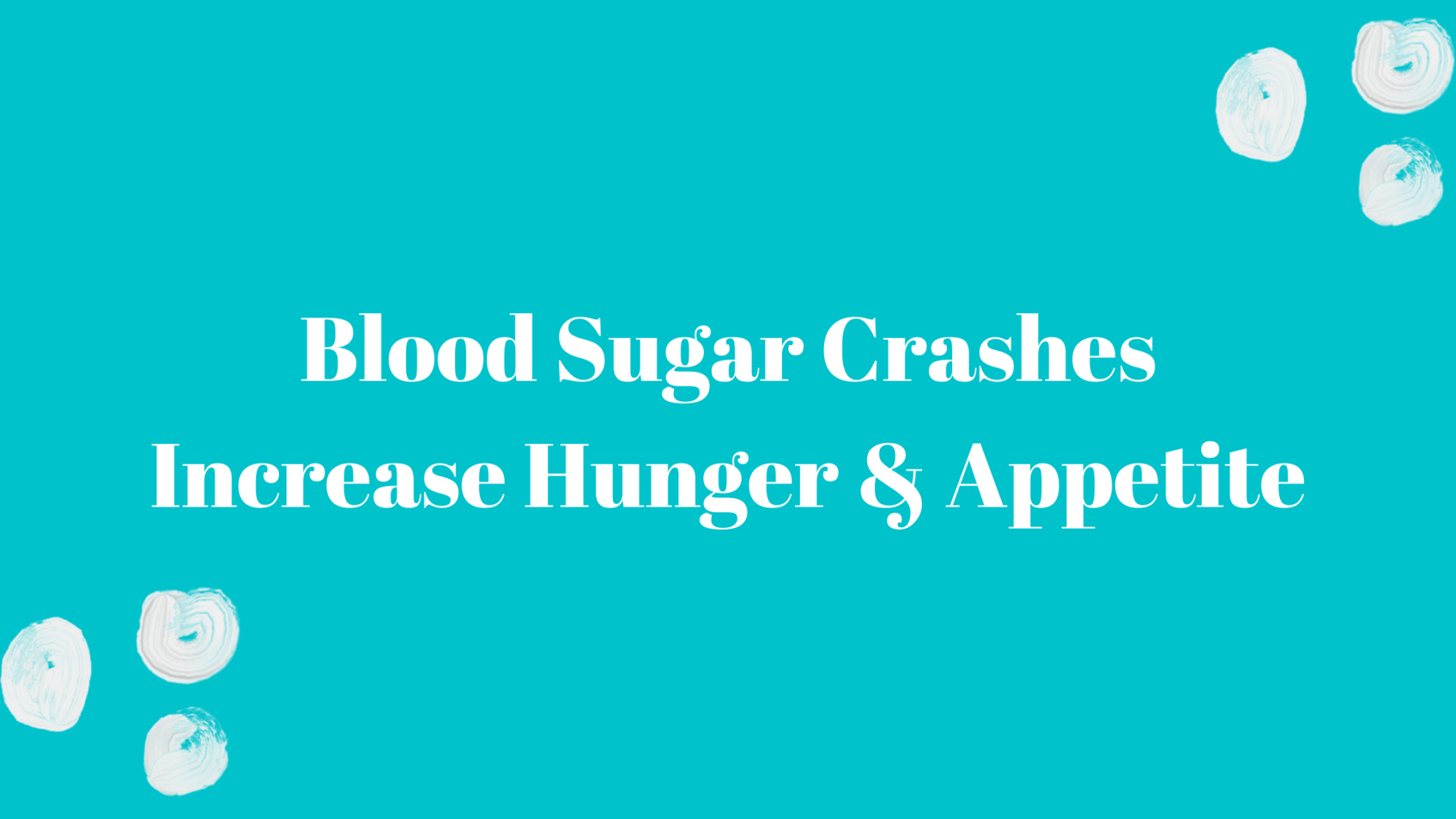
Blood Sugar Crashes Increase Hunger
Today I want to share some telling new research showing hunger increases with blood sugar crashes.
This study was published in the journal Nature Metabolism in April 2021. In this study, they followed more than 1000 people in the US and UK for 2 weeks using continuous glucose monitors. If you’re not familiar with a continuous glucose monitor, or CGM, they’re a small device that is generally worn on the arm that continuously monitors blood sugars. These are often worn by type 1 Diabetics who need careful regulation of blood sugar and insulin levels, but they’re becoming more popular amongst health enthusiasts, functional medicine practitioners, and people with blood sugar dysregulation.
In this study, they asked participants to consume their normal diets, occasionally adding a standardized meal that each participant also consumed. The CGMs monitored their blood sugar levels before, during and after meals, as well as throughout the day. Participants also tracked how hungry they felt and what foods and how much they were eating throughout the day.
Hunger Increases with Blood Sugar Crashes
The results were clear: the larger the blood sugar spike from a meal, the larger the blood sugar dip after the meal. And, if the dip went lower than the baseline from before the meal, the more hunger the participant felt. This also led to participants eating more after that drop.

Now, this is great news because we have control over how large those spikes and drops are, based on what we eat. Large spikes in blood sugar are caused by consumption of simple sugars or high carbohydrate-containing foods. The body then has to compensate for the influx of sugar into the blood, causing an overcorrection and the subsequent drop too far. This is referred to as “reactive hypoglycemia”.
Researchers could actually predict what participants would report about their hunger based on how significant their spikes and drops were.
Hunger, appetite, and cravings are part of a larger complex ecosystem – not solely driven by blood sugar, but also by hormones, genetics, age, activity level, stress levels, and even sleep quality. This study looked at the one major factor we have control over – and concluded that when blood sugar is managed well, avoiding those large spikes and drops, hunger and appetite are easier to maintain.
So how do you maintain smaller blood sugar swings?
- Cutting carbohydrates, especially simple carbohydrates, and the highest glycemic foods. The average person is consuming 200-300g of carbohydrates each day – and most of them are refined, low-quality carbohydrates. This is what causes those huge spikes and drops. If you can cut down on those carbohydrates to less than 100g per day and make them high-quality, whole food sources of carbohydrates, you’ll have much smaller spikes and drops.
- Prioritizing protein, especially whole sources of quality protein like organic, grass-fed meats, eggs, and dairy, wild-caught seafood, and whole sources of plant-based proteins. Rely less on protein powders, drinks and bars which are highly refined.
- Filling with fat to satiation, especially whole sources of healthy fats. This again will include quality animal fats (meat, eggs, dairy, butter, ghee, lard, and tallow) as well as avocado, avocado oil, coconut, coconut milk, coconut oil, olives, olive oil, nuts, and seeds.
There you have it – how blood sugar swings can increase appetite and hunger!



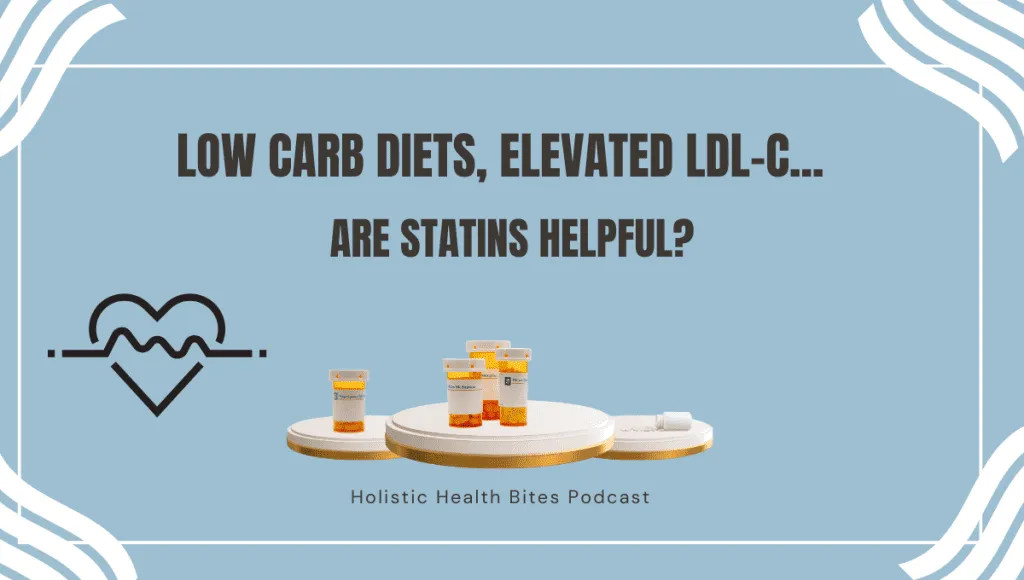
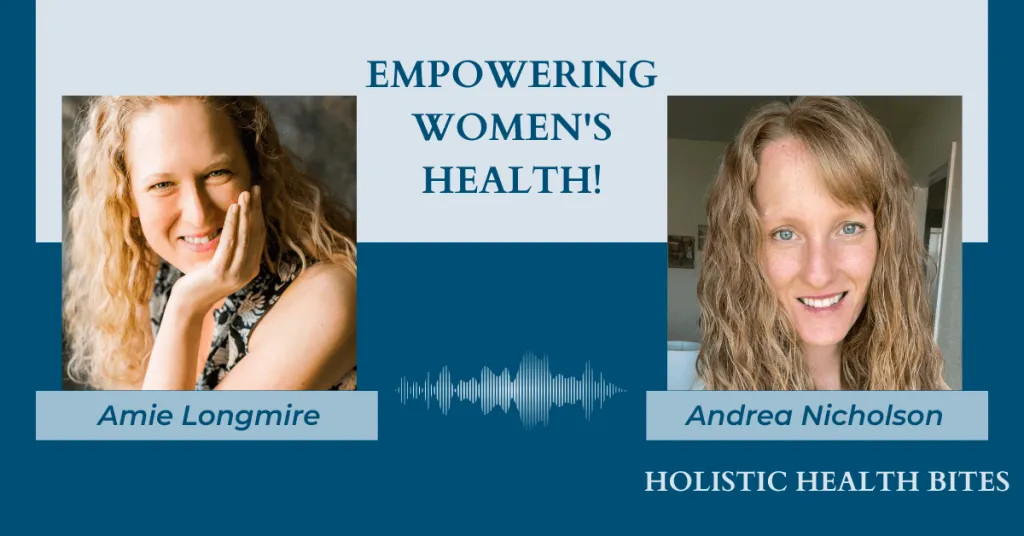
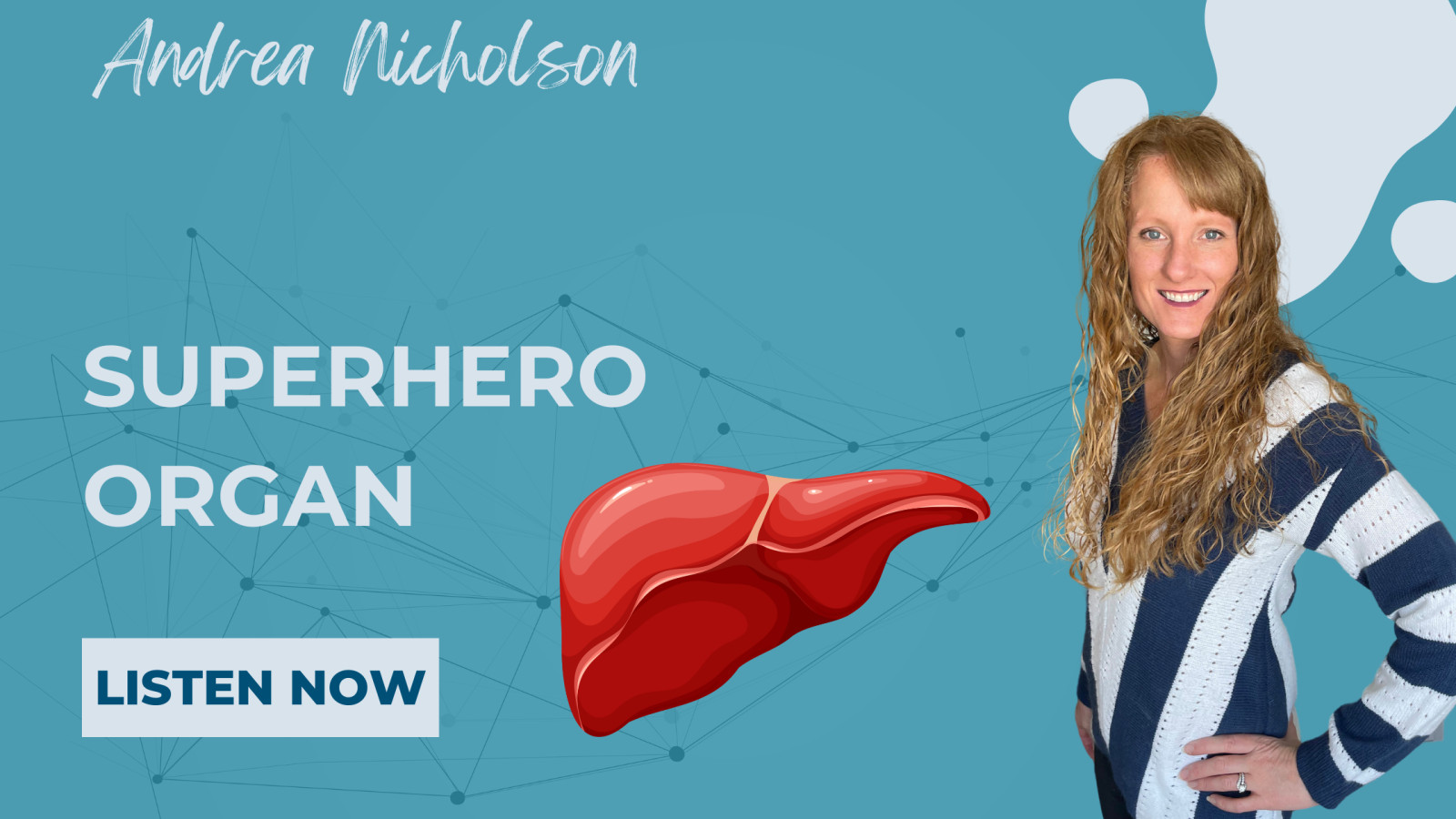
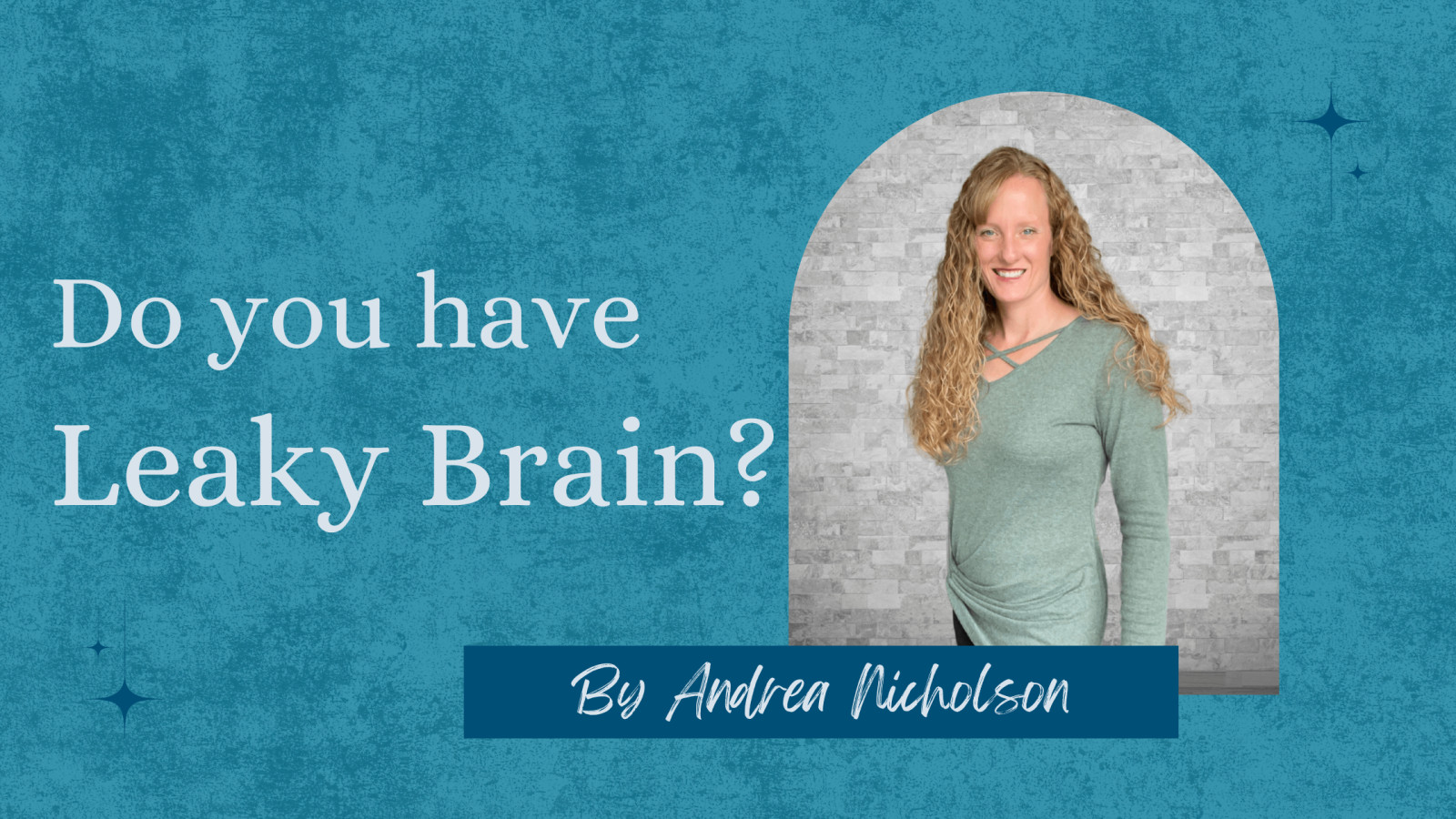
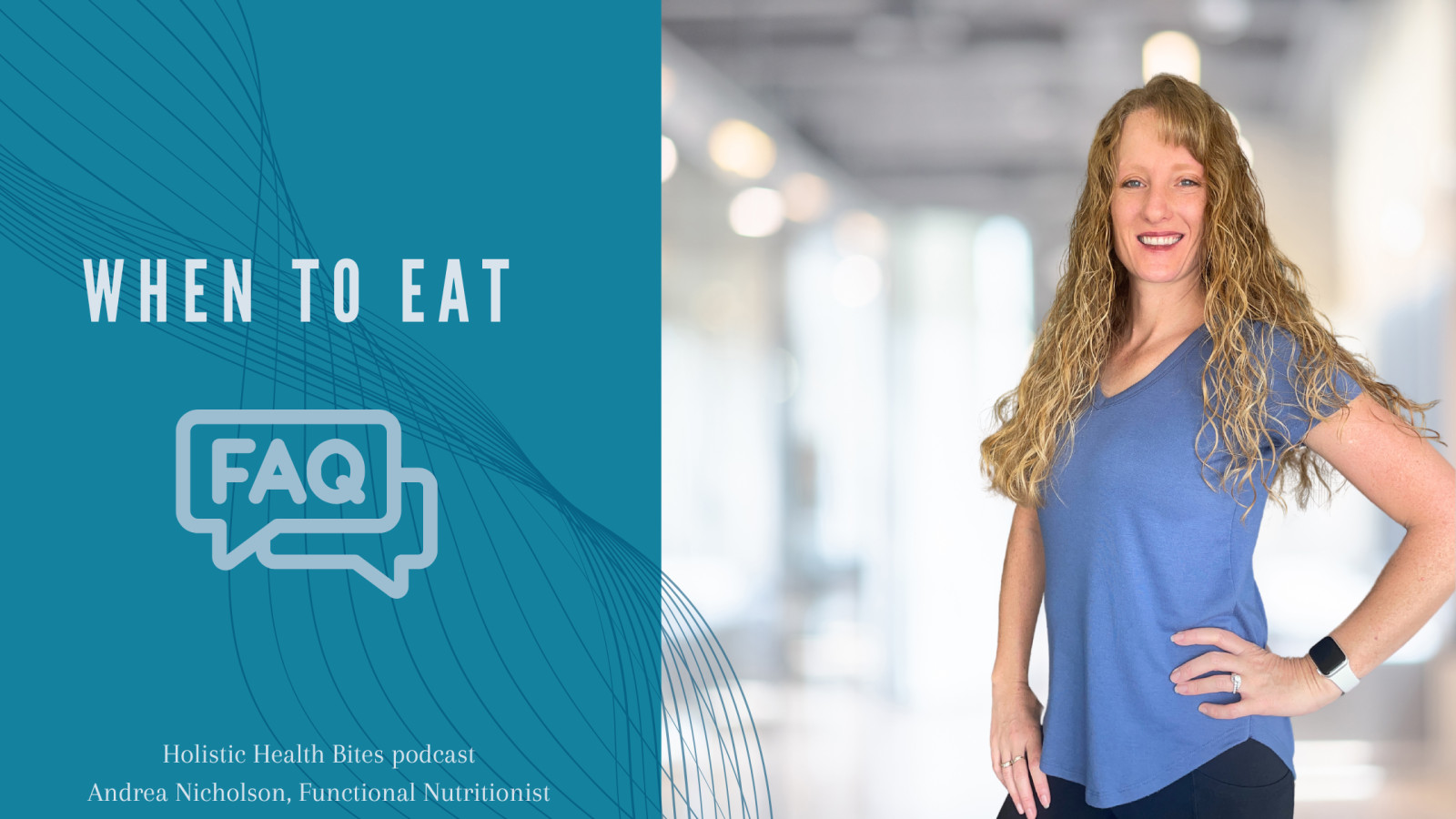
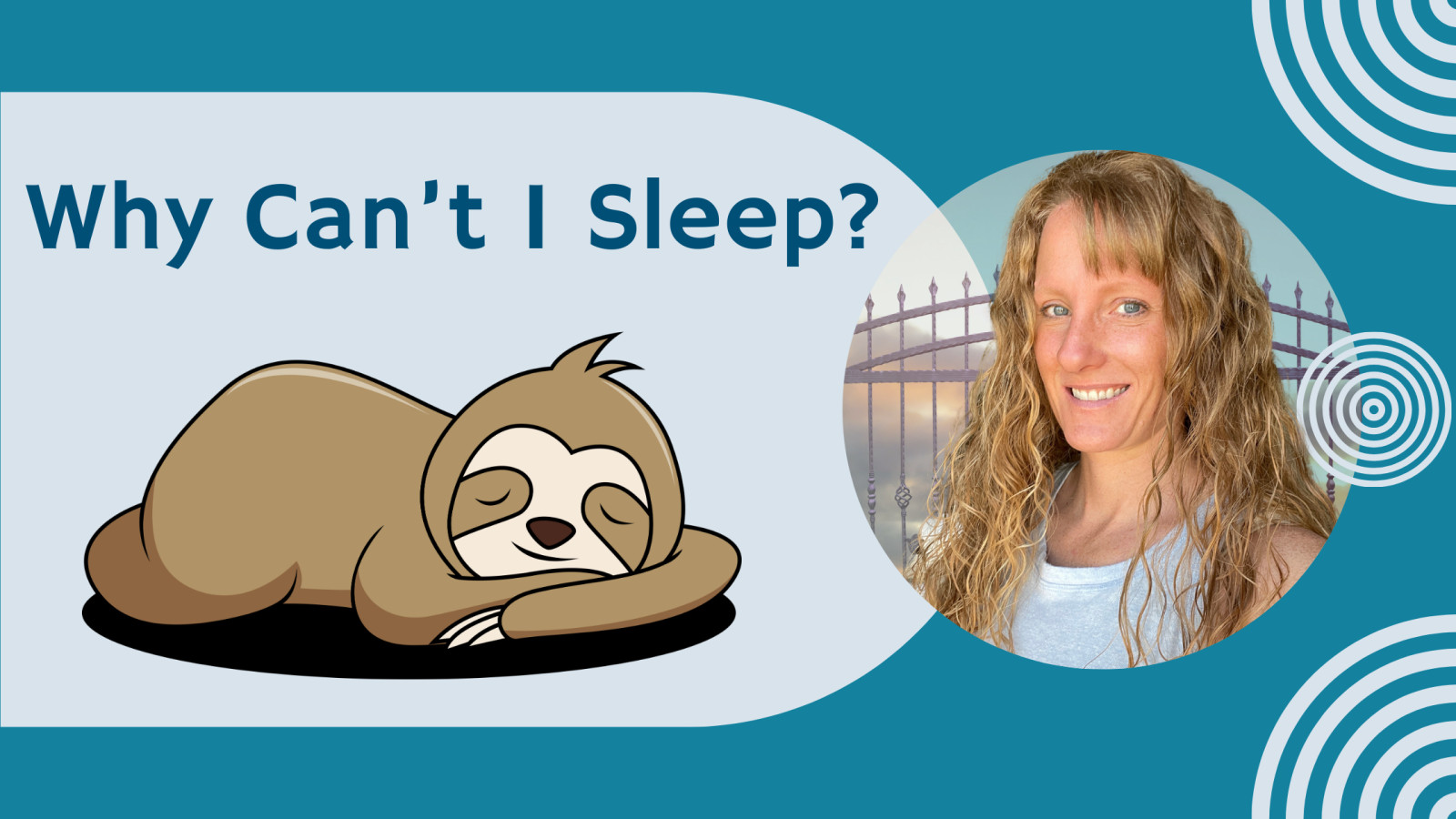
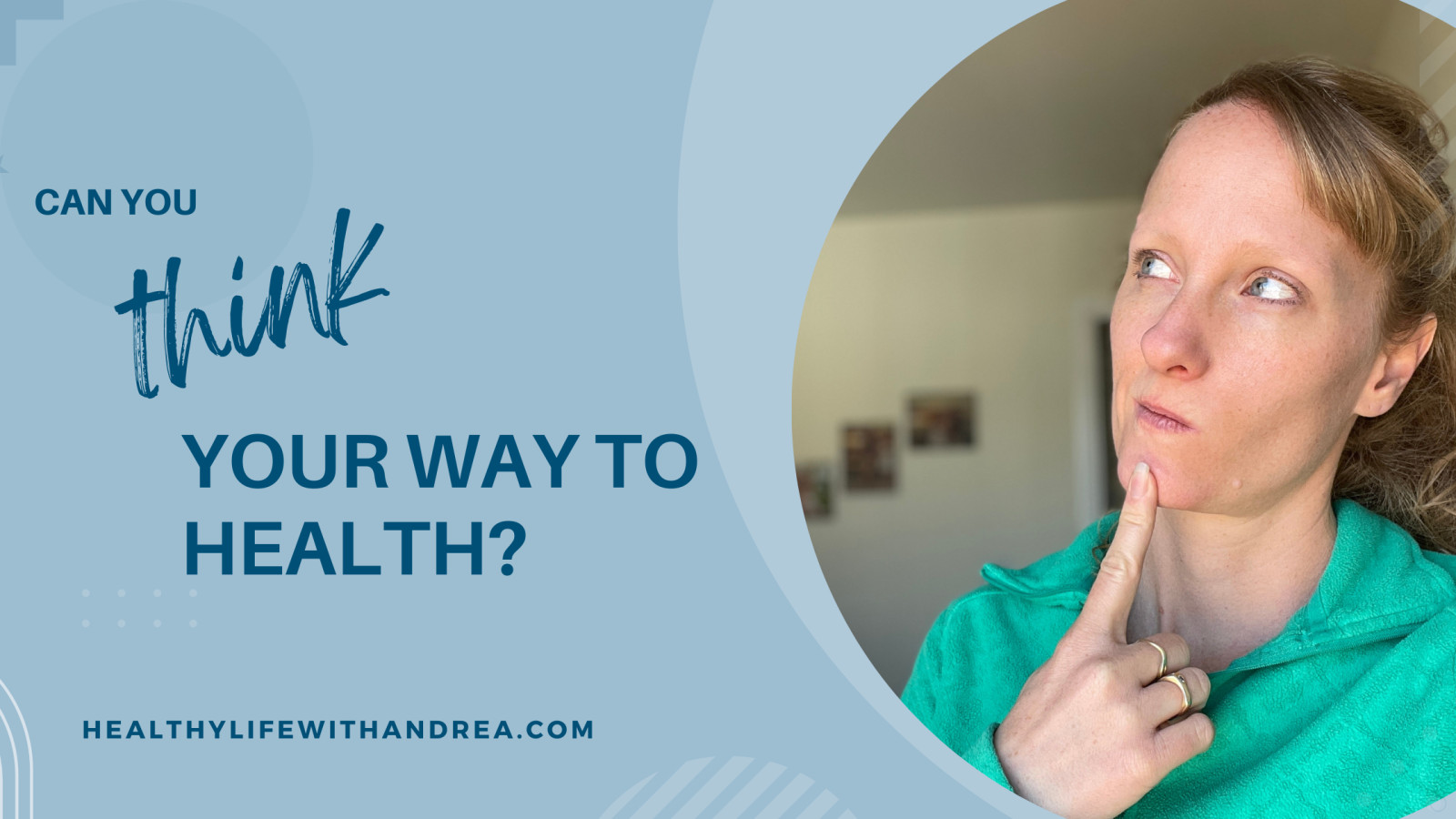
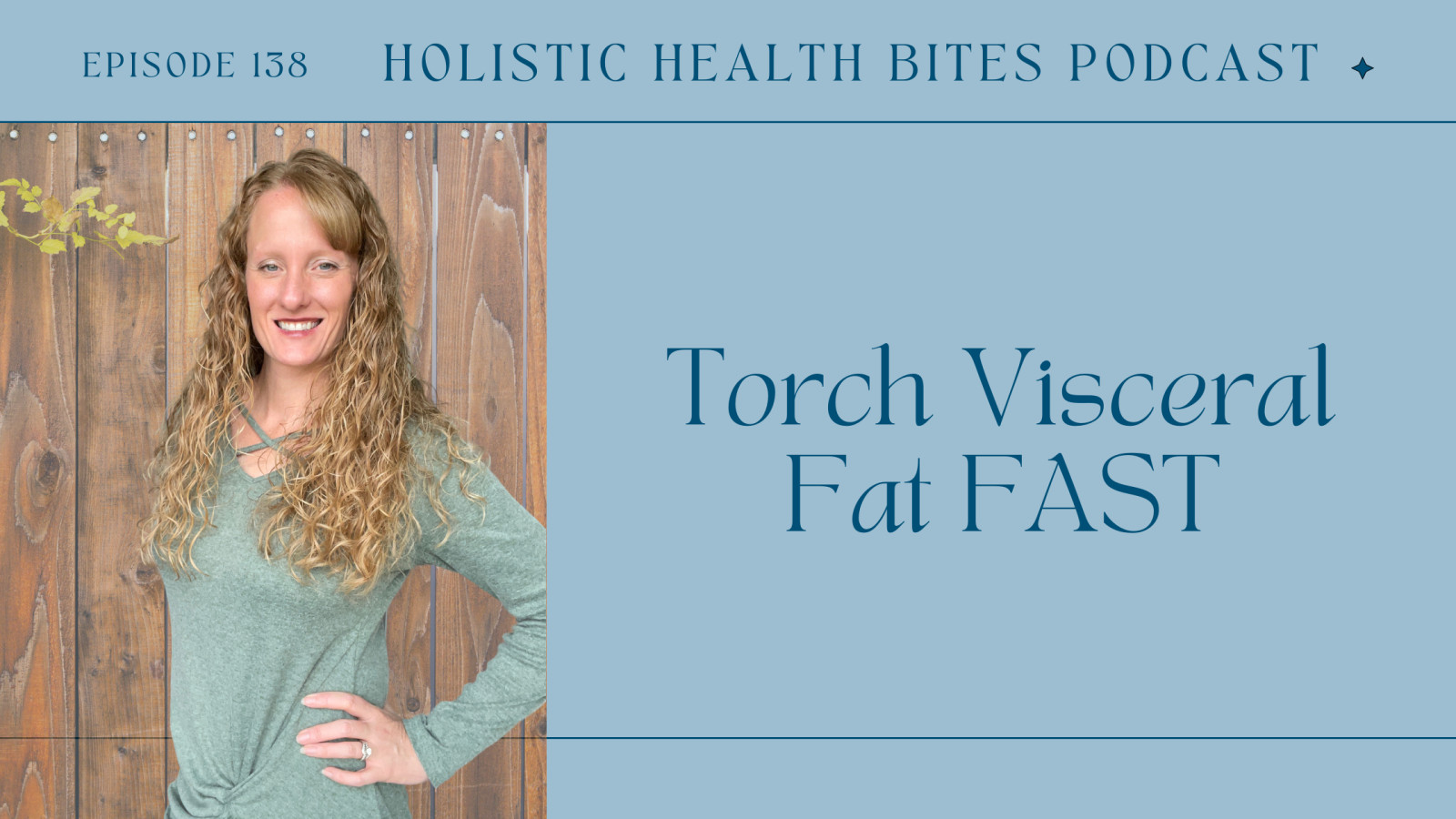


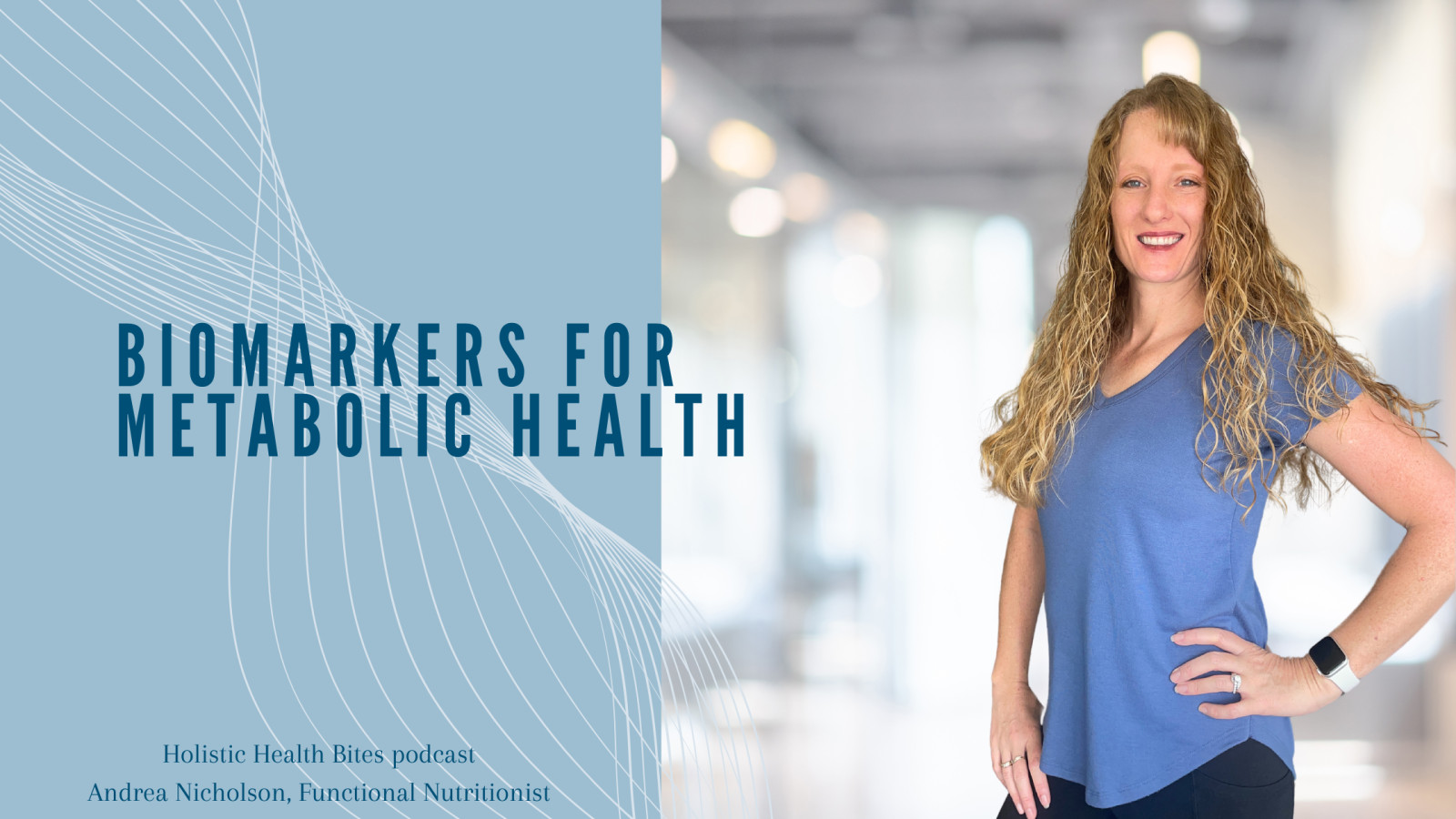






0 Comments